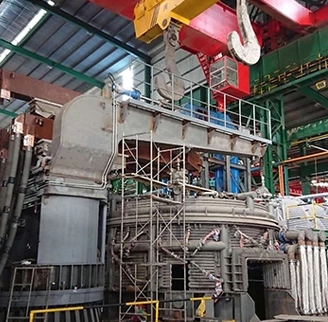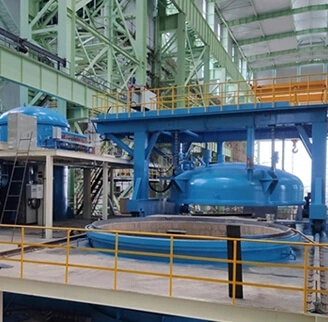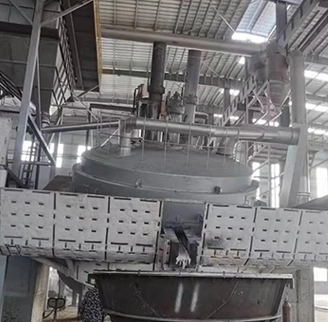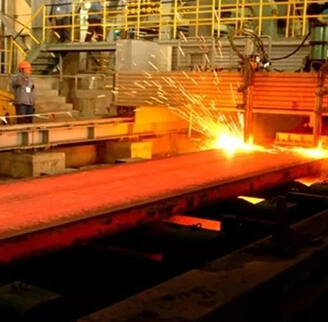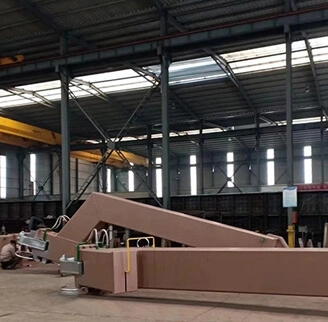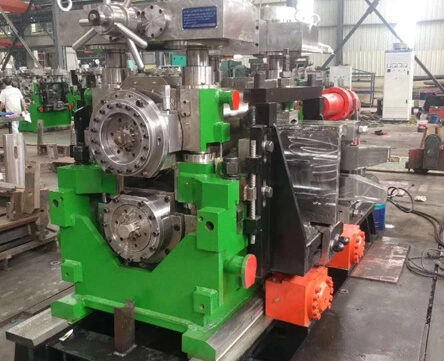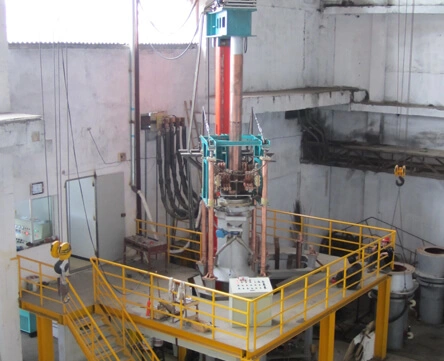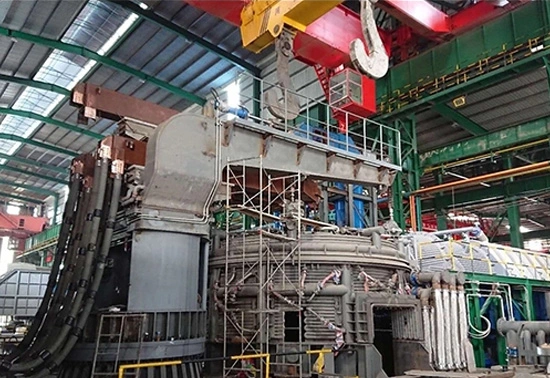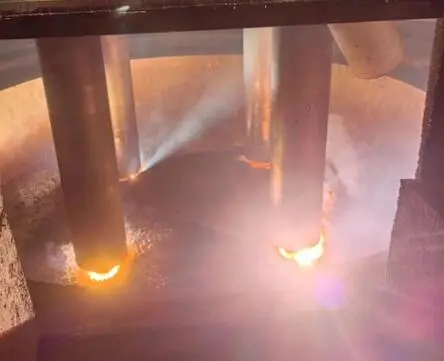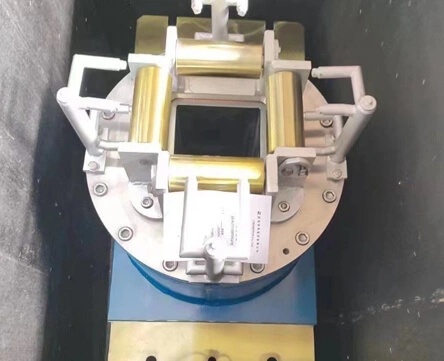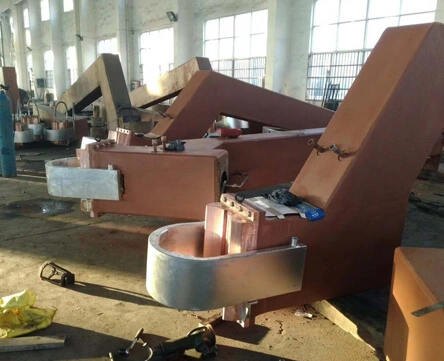In the intricate realm of metallurgical processes, the submerged arc furnace stands as a marvel of engineering prowess, orchestrating a symphony of elements to transform raw materials into valuable metals. This article embarks on a captivating journey into the depths of submerged arc furnace operation, shedding light on its fundamental principles and the magic it weaves behind the scenes.
The Dance of Electrodes and Fluxes: A Choreography of Transformation
At the very heart of the submerged arc furnace lies the captivating dance between electrodes and fluxes. The furnace is an arena where the electrodes, usually made of graphite or other conductive materials, meet the raw materials and the selected fluxes. As electric currents surge through the electrodes, an electric arc forms, delivering an intense heat that leads to the gradual melting of raw materials.
The fluxes, like skillful dancers, perform a crucial role in this process. Among all types of steel making furnaces, they act as the medium that not only facilitates the melting of raw materials but also contributes to slag formation and metal purification. The synergistic interaction between electrodes, raw materials, and fluxes culminates in a mesmerizing display of heat and chemical reactions, forging the path toward the desired end products.
The Submergence: Where Transformation Takes Center Stage
The submerged arc furnace derives its name from a pivotal stage in its operation—the submergence of raw materials in the molten pool. This unique configuration serves a dual purpose. Firstly, the submergence shields the intense heat from escaping into the environment, ensuring optimal thermal efficiency. Secondly, and more importantly, it fosters an environment conducive to chemical reactions that facilitate the refining and alloying of metals.
The submergence stage encompasses a burst of complex chemical reactions that shape the final outcome. Impurities are drawn out from the molten metal and into the slag, while alloying elements are strategically introduced to craft the desired metal composition. It's within this submerged realm that the furnace masterfully orchestrates a transformational process that aligns with the manufacturer's intricate specifications.
Precision and Control: The Conductor's Baton
A paramount aspect of submerged arc furnace operation lies in the precision and control exercised over its every facet. The manufacturer, akin to a skilled conductor, wields technological tools to regulate variables such as temperature, electrode positioning, and raw material feed rates. This meticulous orchestration ensures that the chemical reactions and metal transformations follow the desired course.
Advanced control systems, often infused with artificial intelligence and real-time data analysis, empower manufacturers to fine-tune the furnace's performance. Burstiness comes into play here, with the furnace's ability to adapt swiftly to changing conditions and maintain consistency in output quality.
Submerged Arc Furnace's Profound Impact
In the grand tapestry of metallurgical processes, the principle of the submerged arc furnace emerges as a symphony of precision and chemistry. Its intricate dance of electrodes and fluxes, the transformative submergence, and the unwavering control mechanisms together craft a process that goes beyond the surface. It's the very heart of metal production, where raw materials evolve into invaluable assets through an orchestrated burst of reactions.
As the submerged arc furnace manufacturer, we stand in awe of this mechanism, tirelessly innovating and perfecting our methods to harness its power. The principle of the submerged arc furnace isn't just a technique; it's a testament to human ingenuity and the artistry of metallurgy. With each batch that emerges from its depths, we witness the culmination of our dedication, and in its molten embrace, we glimpse the future of metal engineering.
 back homepage
back homepage
 EN
EN
 fr
fr  ar
ar  fa
fa 